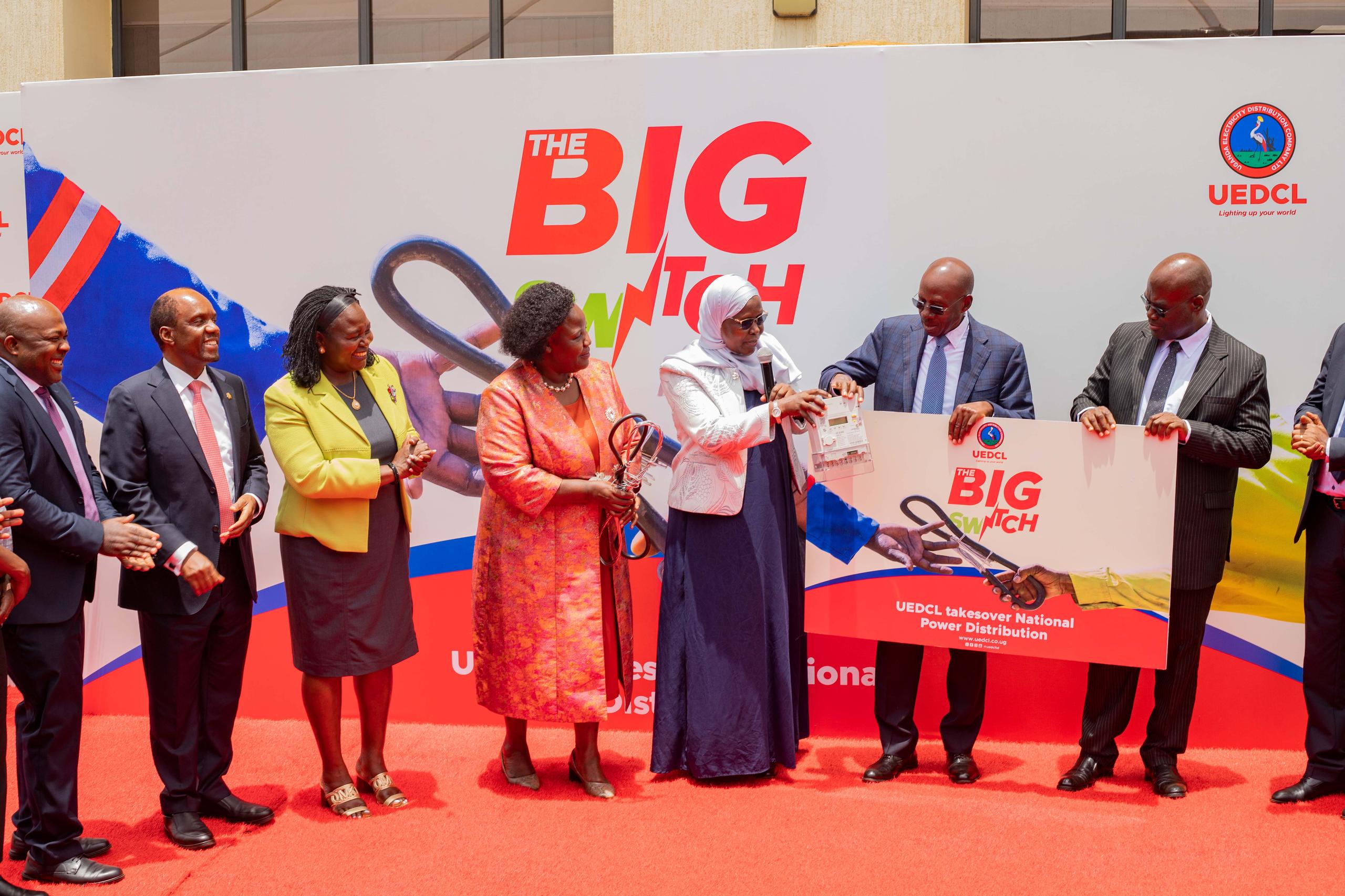By Oyoma Moses
Mergers and acquisitions (M&As) are powerful tools for business expansion, but their success is not solely determined by financial performance or operational efficiency. Cultural integration is often the deciding factor between a seamless transition and a disruptive failure. Uganda has witnessed several M&As, with the most notable recent one being the transition of Umeme Limited’s electricity distribution operations to the Uganda Electricity Distribution Company Limited (UEDCL) as of March 31, 2025.
This transition provides valuable lessons on how organizations can manage cultural integration, align processes, and retain workforce morale. Without a deliberate cultural integration strategy, M&As risk inefficiencies, resistance, and service disruptions.
Key Strategies for Cultural Integration
1️⃣ Establish a Unified Vision & Core Values.
A merger or acquisition needs a shared vision that aligns with all stakeholders. In the Umeme-UEDCL transition, the focus should be on ensuring continued efficiency, reliability, and customer-centric service. Defining core values that both entities can rally behind—such as operational excellence and sustainability—creates a strong foundation.
2️⃣ Transparent Communication to Build Trust.
During transitions, uncertainty breeds resistance. Regular updates through leadership addresses, internal bulletins, and stakeholder engagement keep employees and the public informed. Transparent communication fosters trust, reduces anxiety, and encourages alignment.
3️⃣ Strong Leadership to Drive Integration.
Leadership plays a pivotal role in shaping post-merger success. Change management training for leaders ensures they can guide teams through the transition effectively. Leaders should set the tone by embracing the new culture and addressing concerns proactively.

4️⃣ Employee Involvement & Support.
Employees determine the success of any integration. Establishing transition teams with representatives from both organizations promotes collaboration. Additionally, providing reskilling opportunities, counseling services, and performance incentives helps ease adaptation.
5️⃣ Align Policies & Standardize Operations.
Operational consistency is essential for stability. Companies must review policies and procedures to identify best practices from both entities and create a standardized framework that ensures efficiency.
Lessons from the Umeme-UEDCL Transition
The shift from Umeme to UEDCL presents an opportunity to implement these cultural integration strategies successfully. Beyond financial considerations, people-centric integration is crucial for long-term sustainability.
As Uganda experiences more M&As, organizations must proactively manage cultural alignment to maximize value creation.
What are your thoughts on cultural integration in M&As? Let’s discuss!
By Oyoma Moses is the Head of Business Strategy at Next Media




